From the history of the creation of the first domestic complexes of sea-based ballistic missiles. Part II. Complex D-4
The construction of two head submarines of the 629 Ave. (the second component of the weapon system) proceeded simultaneously in Severodvinsk and Komsomolsk-on-Amur. They were commissioned in the 1957 year, and two years later, the naval flag was raised on five more boats. All of them were equipped with the D-1 missile system. Their subsequent re-equipment for the D-2 complex was carried out by shipyards. In total, without taking into account the submarines of the 629B project, the fleet received 22 submarines of the 629 Ave. - the last two were commissioned on the Pacific Ocean in 1962.
The development of a weapon system consisted of ground-based experimental testing (NEO) of elements, systems of on-board and integrated automated control systems (KAFU) and ballistic missile assemblies and other components of the missile complex: flight design tests of the missile at the test site using the fixed and rocking stands with the same tasks that were with similar tests of the D-1 RC (from 19 15 successful missile launches); joint tests with an 629 underwater carrier (from 13 11 rocket launches successful).
During August-September 1960, in the Kola Bay, on a special stand that reproduces the rocket compartment of a Project 629 submarine, 6 explosive tests were carried out, making it possible to verify the safety of the rocket complex in the case of deep-seated bomb explosions at various distances from the hull of the carrier boat. According to their results, it was decided to refuel with an oxidizing agent onshore. Fueling was still carried out on a submarine from its tanks. The system '' submarine project 629 - RKD-2 "was adopted by the Soviet fleet in 1960 and was in service until 1972.
This system provided for the possibility of launching SLBMs from a submerged position for a distance of at least 1100 km. The initial creation of the missile complex was planned to be assigned to the design bureau M.K. Yangel, the future academic and creator of a whole range of intercontinental ballistic missiles (ICBMs), including the most severe concern for Americans of the heavy PCB-20 (US classification SS-18, NATO - "Satan"). However, by mutual agreement M.K. Yangel and VP Makeyev, who were linked by the unity of views and approaches, decided to entrust the execution of experimental design work (R & D) to create the D-4 complex with the P-21 rocket, launched from the underwater position of the missile carrier, to the V.P. Makeeva (hereinafter - KBM).
In the spring of 1960, the draft design of the missile complex was completed, reviewed and approved. V.L. was appointed lead designer for the D-4 in KBM. Kleiman, his deputies O.E. Lukyanov and N.A. Karganian, the NNI Research Institute was supervised by the captain of the B.N. 2 rank. Khachaturov and captain-lieutenant SZ Yeremeyev. This principle of work was maintained at all subsequent stages of the creation of the missile complex - fleet officers were in fact full members of the design team, taking part in the search, development and implementation of decisions made.
Special attention was paid to ground-based experimental testing (NEO) of elements, systems and aggregates of SLBM P-21 and other parts of the complex. Each design and circuit solution was tested by field tests in bench conditions. So, dozens of firing bench tests (AID) of the rocket engine were carried out, including simulating the back pressure during the launch of the rocket engine in the submarine mine, using specially designed plugs mounted in the nozzles of the combustion chambers.
For testing the propulsion system of the rocket as a whole, the OSI of the remote control was carried out, and by the beginning of the last three OSI there were already results of “throwing” (about them below) tests of the R-21 SLBMs from a floating submersible stand (PS) at the Southern Navy Grounds . This made it possible to compare the results of field and bench tests, to evaluate the correctness of the calculation method and to make the necessary adjustments. The result of this work was the firing tests of the P-21 bench-mounted SLBM with the onboard control system of the rocket.
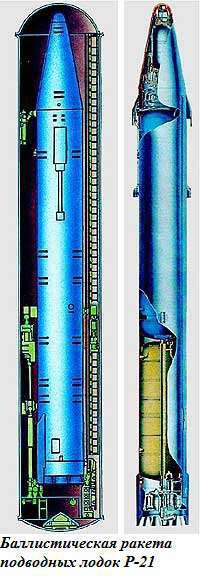
Structurally, the P-21 submarine ballistic missile was a single-stage BR on the liquid components of the fuel (12,4 and oxidizer, 3,8 and fuel). The rocket body is all-welded, made of steel EI-811, united in a coherent whole sequential instrument compartment (PD), oxidizer tank, fuel tank and rocket tail section.
The engine of the rocket, created in KB AM Isaeva, was a four-chamber, also performed by an open circuit. He had automatic control of thrust and the ratio of oxidant to fuel costs. LRE combustion chambers were also the control bodies of SLBMs. The axes of their rocking constructors shifted by an angle of 60 ° relative to the stabilization planes, which ensured the most rational relationship between the magnitudes of the control moments in pitch, yaw and roll.
The engine had a ground level 40 TC, the specific thrust was 241,4 TC. An emergency shutdown of the liquid-propellant rocket engine (AVD) was provided, while ensuring reliable tight disconnection of the fuel lines. The specificity of the underwater start required tightness of the SLBM compartments, pneumatic-hydraulic fittings, electrical connectors, cables and. This was ensured by an all-welded uniform hull structure, hermetic cables that left the compartments through special pressure vessels, whose cavities were inflated with air, and the sealed joints of the warhead with the rocket body, with the help of an inflatable rubber tire.
The onboard missile control system is inertial. It was based on gyroscopic instruments, which were located in the instrument compartment of the rocket: gyro-vertical, gyro-horizon and gyro-integrator of longitudinal accelerations. All other devices and elements of the onboard control system were created, mainly, in the scientific research institute, which was headed by N.А. Semikhatov, the future academician and lead developer of control systems for all strategic naval missile systems. Military control over the creation of the SU in this research institute was carried out by the captain of the 2 rank V. V. Sinitsyn).
The connection of the onboard control system with the ship's test equipment, as well as the launch equipment, was carried out through two special sealed connectors by means of interchangeable cables supplied from the manufacturer with the rocket. When pre-launch preparation, to ensure tightness, the cables inflated with air with nominal pressure 6 kg / sq. cm.
Launched an SLBM from a submerged submerged mine. During the pre-launch preparation, the gyro instruments were guided, the setting of the firing range was set, cables and tires were pressurized and, in successive stages, the tanks were pressurized. After reaching the required pressure in the tanks, the submarine shaft was automatically filled, then the water pressure inside the shaft was leveled with the overboard, and the shaft cover was opened.
Immediately before the launch, the rocket was transferred to on-board power supply (from an ampulla battery), and a “bell” was created in a given rocket space by supplying compressed air. The “bell” was pressurized in an automatic mode, which was controlled by the corresponding sensors. It was necessary to dampen the gas-dynamic processes associated with the launch, which made it possible to reduce, to the permissible limits, the power and thermal loads on the rocket arising from the launch of a "deaf" mine not equipped with special gas vents.
The unstressed output of an SLBM from a submarine mine, which is in motion in the presence of disturbances caused by sea swells and the progress of the submarine, was provided by using a drag line direction of movement, which was rigid guides mounted on the walls of the mine, and the bows mounted on the rocket body itself. The launch pad was stalled with special pins during the start. To reduce the aerodynamic drag, the bows were dropped at the beginning of the air portion of the flight path (via 15 seconds after the SLBM was detached from the launch pad). To improve static stability, during the flight the rocket was supplied with four stabilizers, polar located in the tail section.
The combat part of the rocket weighing 1179 kg was equipped with special ammunition. The separation of the warhead was carried out by excessive air pressure in the instrument compartment of the rocket. Before this, the warhead was freed from rigid attachment to the rocket body with the help of four-lock pins, which, according to commands from the onboard control system, were triggered.
The flight time of the rocket to the target located at the maximum range did not exceed 11,5 minutes, the maximum height of the ballistic trajectory reached 370 km. In the case of firing at a minimum range equal to 400 km, the flight time was reduced to 7,2 min, and the maximum height was slightly more than 130 km. Before issuing an SLBM to an underwater carrier, a complex of operations was carried out on a technical missile base (TRB) of the fleet, including pneumatic tests of systems, adjustment, horizontal tests of the onboard control system, refueling with fuel components and docking of the rocket with the warhead. According to the classification adopted in the United States, the SLBM P-21 received the alphanumeric index SS-N-5, according to the NATO classification - the name "Serb".
The most important components of the D-4 rocket complex were the KASU integrated automated control system, the launcher (PU), the ground equipment complex (CCW) and the PP-114 aiming system.
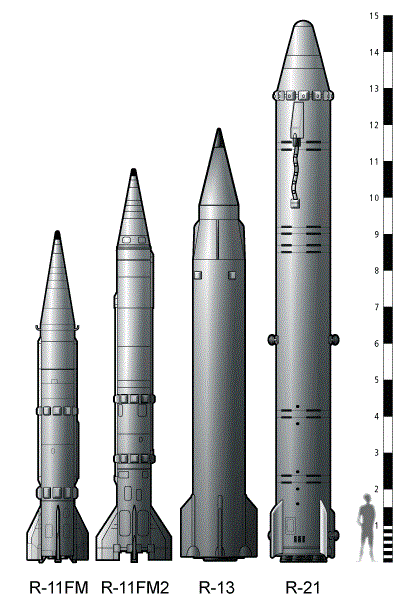
The basis of the KAFU was made by the Stavropol-1 automatic machine for forming the bearing and range (ADF) created by one of the scientific research institutes of the Ministry of the Judicial Industry and the counting equipment of the Emerald system, which performed the guidance of the onboard gyro instruments taking into account the Sigma coming from the navigation system (NK) "information.
The launcher, which received the name CM-87-1, provided: storage of SLBMs in a submarine mine with loading parameters, launch of a missile from a water-filled mine, and also the performance of a ballistic missile after exposure to the submarine storm conditions and explosions at a target radius; its fire and explosion safety after ruptures at a critical radius. The corrosion resistance of the launcher systems provided a six-time pre-launch preparation of missiles, with the complete flooding of the mines with seawater.
With the help of the ground equipment complex, the necessary operations for the ground-based operation of SLBMs were carried out (transportation, loading onto the submarine, daily storage, preparatory work for delivery to the submarine carrier under the conditions of a technical missile base, refueling).
After the stage of ground-based experimental testing in the volume, allowing to start working out of the underwater launch (“throwing” tests in the well-established jargon of the missilemen), tests of the P-21 rocket models began, first from the floating submersible stand (PS) and then converted Ave 613 D-4 (one missile shaft was mounted behind the fencing of the felling) of the submarine C-229. The layouts were fully consistent with the P-21 SLBM in terms of weight and dimensions, external contours and docking points with the ship systems. They refueled with fuel components at the rate of engine operation for a specified time.
The chief designer of the floating submersible stand and submarine of the 613 D-4 project was the employee of the Design Bureau of the submarine of the 629 submarine Ya.E. Evgrafov. Work on the manufacture of the stand and the submarine was carried out by the Black Sea Shipbuilding Plant.
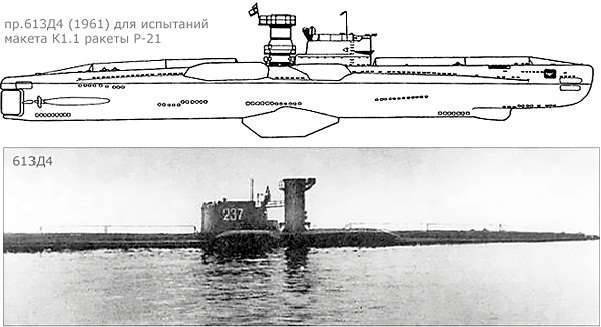
The “throwing” tests were carried out from May 1960 to October 1961 of the year on the South Navy range (16 model launches were conducted from the stand, 10 from a submarine), under the supervision of a commission led by Colonel M.F. Vasiliev. Tests confirmed: SLBM P-21 is suitable for underwater launches from depths to 50 meters.
In the final period of these tests for the P-21 missiles, two experiments were conducted to determine the safety of the missile at launch for a submarine. During the first experiment, jamming of the SLBM yoke in the guides at the very beginning of the rocket’s movement in the mine was simulated; in the second, the leaking of the oxidizer line in the tail section of the rocket was simulated, which led to mixing of the fuel components. The results of the experiments were successful. Missile models came out of the mine, without making significant damage to the elements of the mine. In total, 28 mockups were used for "throwing" tests, which indicates that developers and naval specialists are extremely responsible in solving a new, fundamentally important task - guaranteed development of an underwater SLBM launch. The way for presenting the D-4 rocket complex to the joint testing stage was opened.
These tests were conducted from the submarine pr. 629B "K-142". The first launch of the SLBM was performed on 24 in February of the 1962 year (prior to this, a trial launch of the "throwing" mock-up took place). In total, 28 launches were made during the tests, of which 27 was successful.
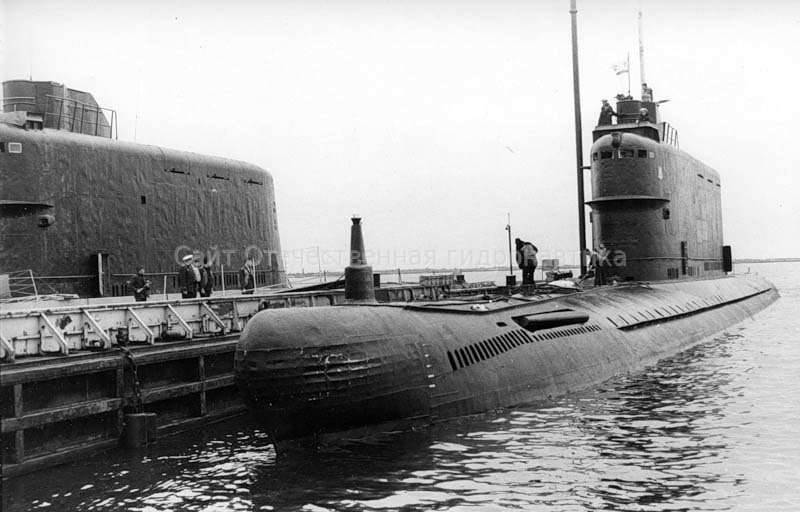
The completeness and thoroughness of ground and flight testing during operation paid off handsomely - even when the lifetime of the Р-21 SLBM reached 18 years, the unsuccessful launches of this rocket were extremely rare. The D-4 complex was put into service at the end of the spring 1963. They planned to re-equip the submarines of the 629 project (upgraded to 629 Ave.) and the submarines of the 658 project. By this time, our Navy had 22 submarines of the 629 project, which had the D-2 missile system. In total for the 629A project, from 1965 to 1972, the 14 (including the submarine of the 629B project, which was also re-equipped according to the 629A project) was re-equipped. The main submarine in the Northern Fleet, the K-88, joined our Navy in December 1966. In the course of its state tests with positive results, the X-NUMX launch of the P-2 SLBM was conducted. It should be noted that during the conversion of these submarines under the 21A project, along with the replacement of the ship systems of the missile complex itself, the Pluton navigation system was replaced with a more advanced Sigma.
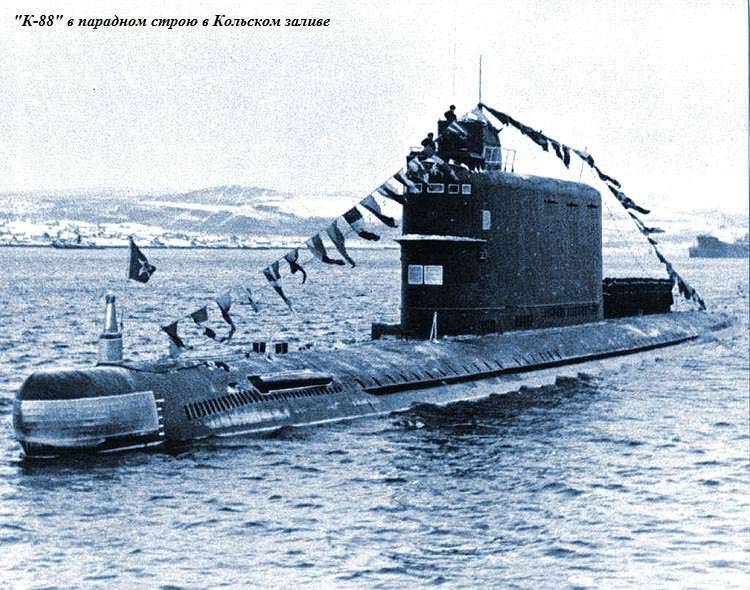
As for the submarines of the 658M project, all 8 boats of the 658 project, which entered service in the period from November 1960, were converted. Alterations were completed in 1970.
In the 1977-1979 years, this weapon system has been upgraded to replace the warhead. The rocket with the new warhead received the alphanumeric designation P-21M, and the entire complex - D-4M. The armament system of the submarine of the 658M (629А) project - the RK D-4 (M) was in service of the Navy until the end of the eighties. And ahead awaited new achievements. The development of the first naval missile system of the second generation “Submarine of the 667A project - the RK D-5” has already been set, design studies and development of an SLBM with a firing range, which only recently seemed fantastic, have been carried out.
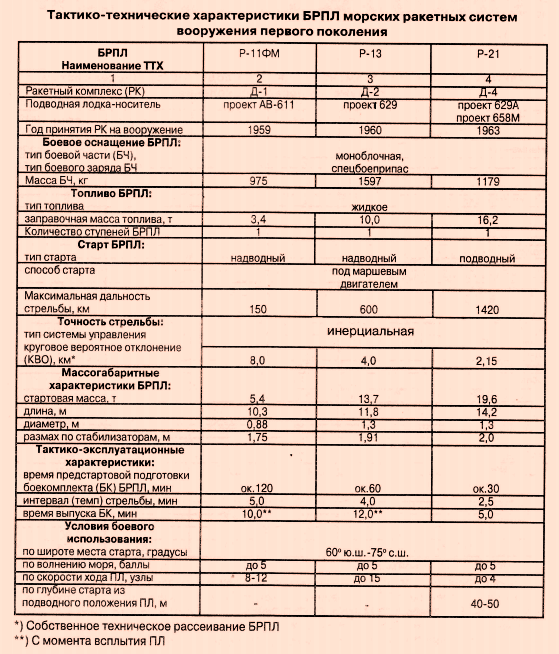
Sources:
Shirokorad A. Rocket technology of the Russian Navy // Equipment and weapons. 1997. No. 11-12. C.3-8.
Apanasenko V., Rukhadze R. Maritime nuclear missile weapons systems (past, present, future). M .: PIK VINITI Printing House, 2003. C. 4-21.
Kachur P. Complex D-4: a long way to an underwater launch // Technique and armament. 2007. No.7 C.2-6.
Apanasenko V., Rukhadze R. First-generation naval missile strategic systems. // Sea collection. 1998. No.8. C. 38-46.
Zharkov V. Creation of the first submarines with ballistic missiles // Gangut. 1998. No.14. C. 104-119.
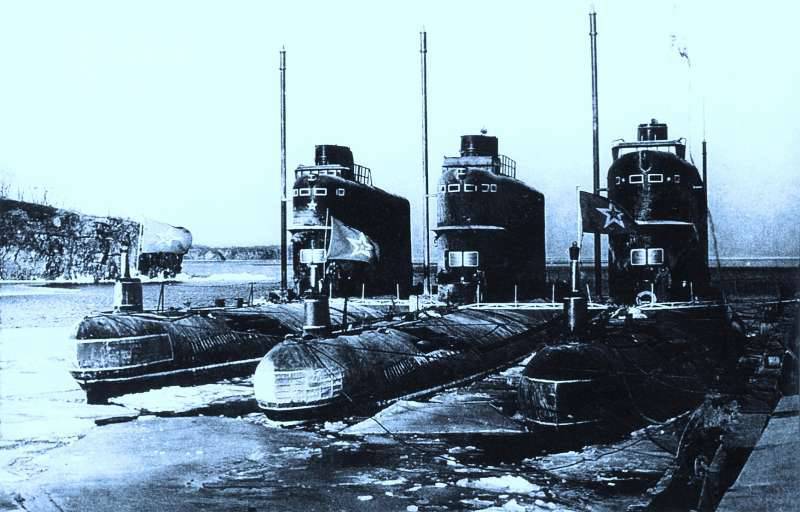
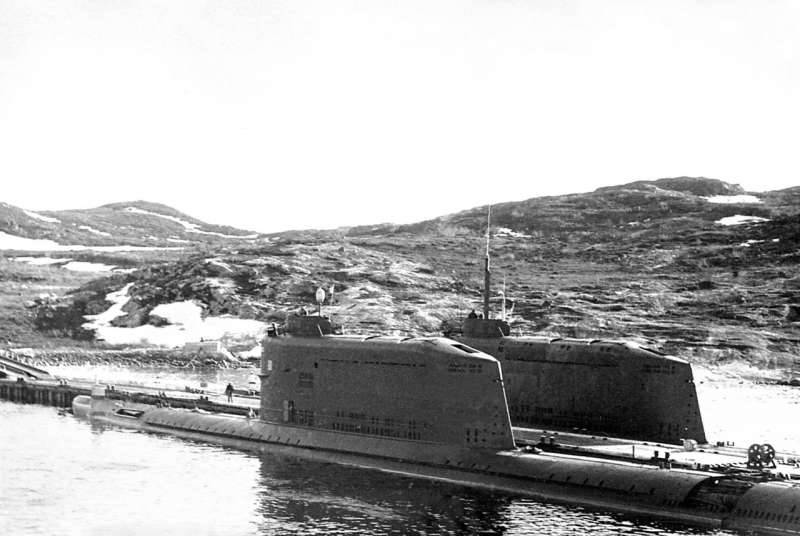
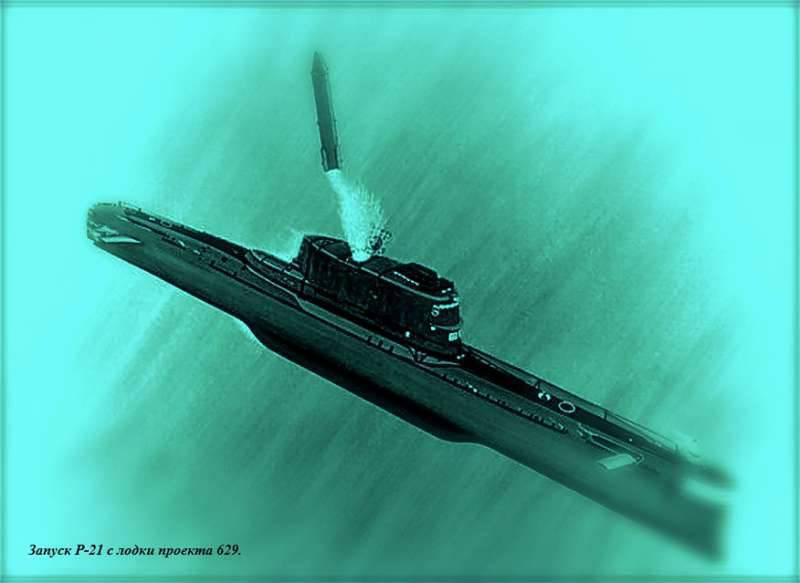
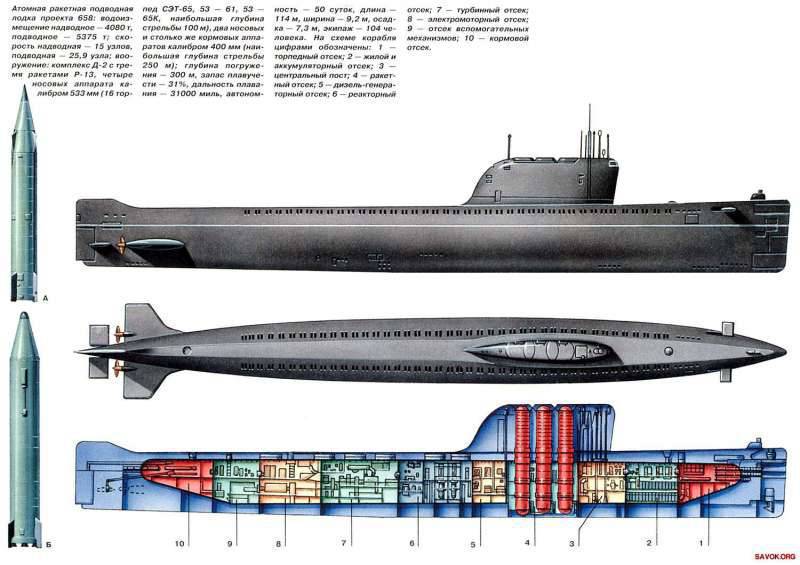
Information